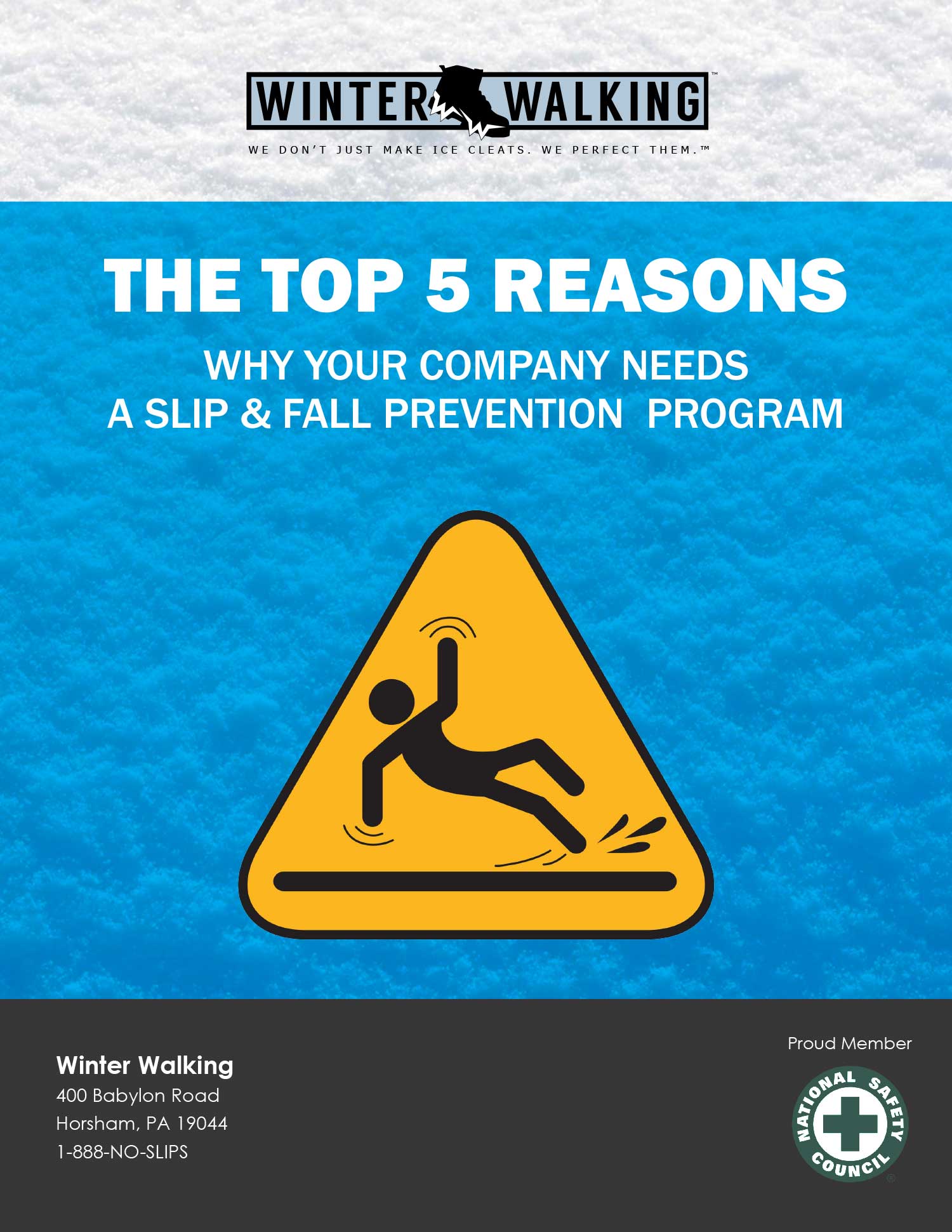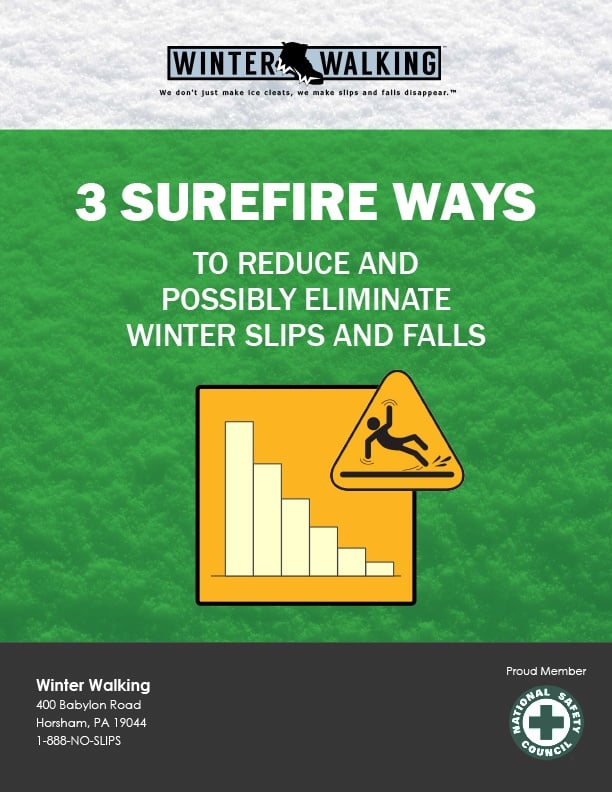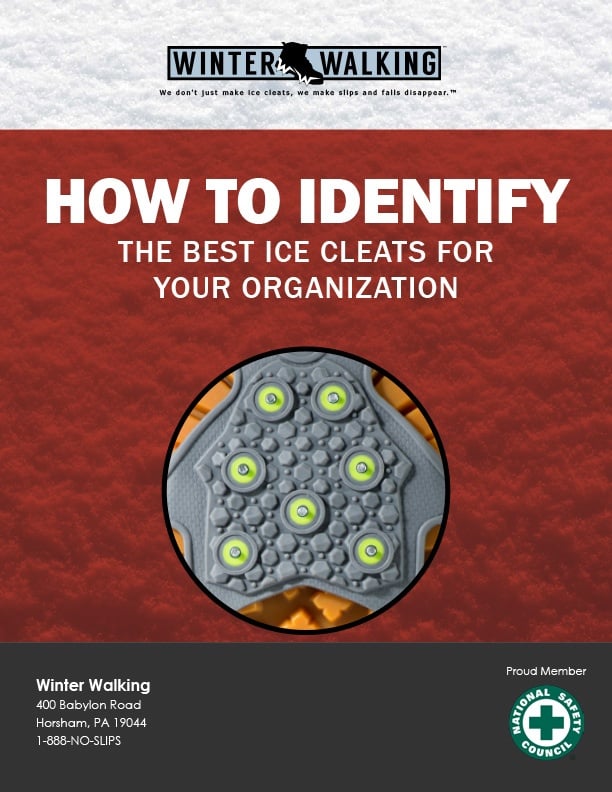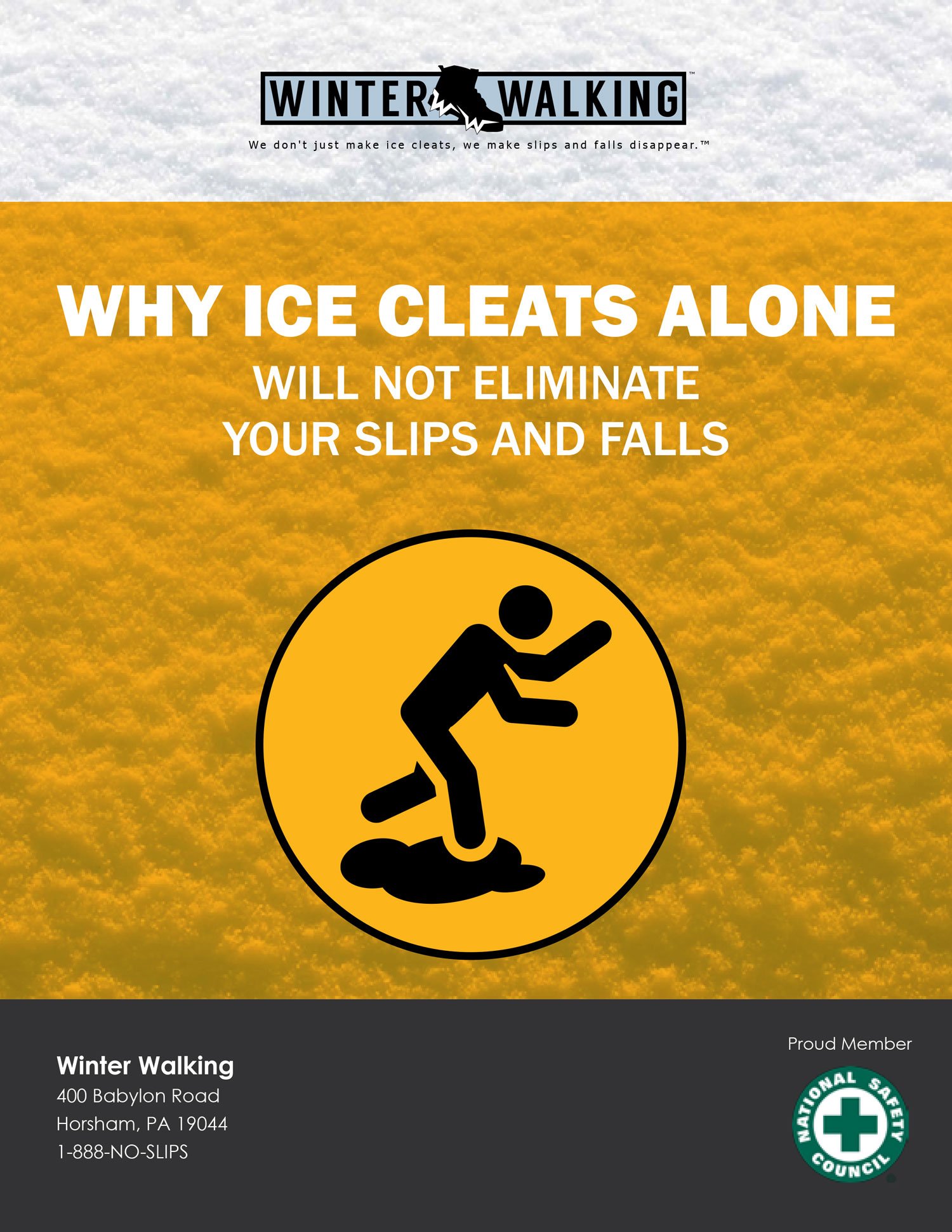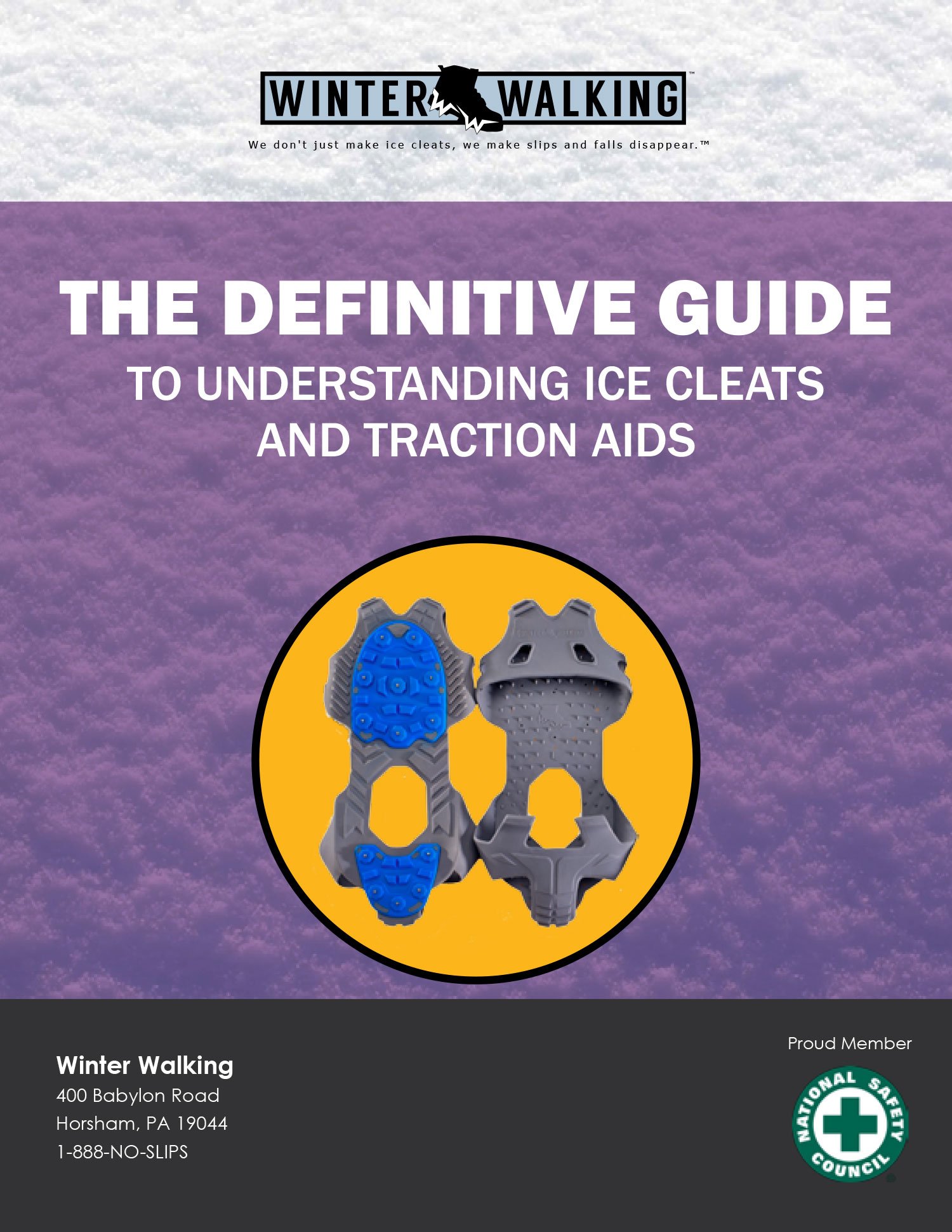Winter slips and falls on snow and ice can be a major concern for companies of all sizes. While large companies tend to prioritize safety and continually learn and evolve their policies, smaller companies may implement a safety program and then shift their focus elsewhere. However, this can be a costly mistake.
I once had a conversation with a senior executive who experienced several high-cost incidents at his company due to slips and falls on snow and ice during a winter storm. Upon investigating the accidents, it became clear that the employees who slipped and fell were not wearing ice cleats, despite the company strongly recommending their use. Despite repeated recommendations, employees were choosing not to utilize them.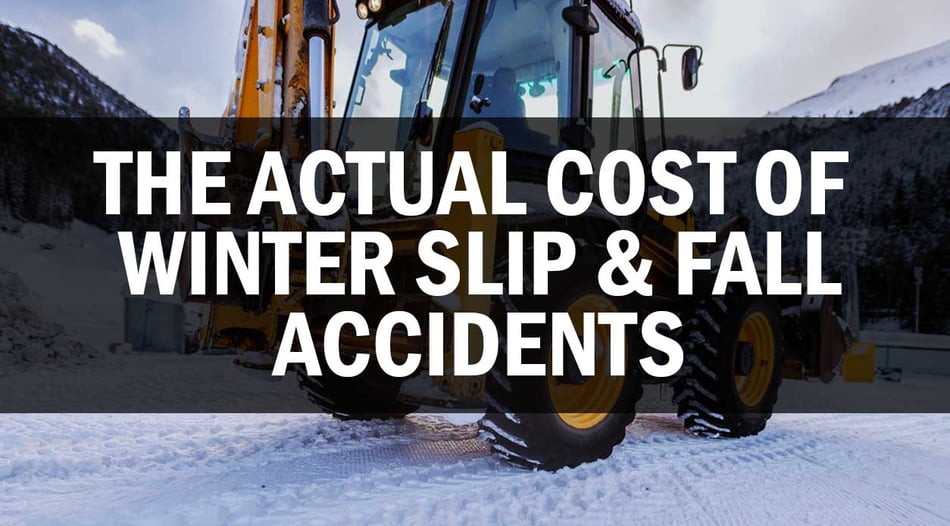 Frustrated by the financial impact of these claims, the company realized the importance of changing their policy. In the middle of winter, they made the decision to mandate the use of ice cleats and traction aids for all employees while working outdoors.
Frustrated by the financial impact of these claims, the company realized the importance of changing their policy. In the middle of winter, they made the decision to mandate the use of ice cleats and traction aids for all employees while working outdoors.
If you find yourself in a similar situation or want to prevent slips and falls altogether, it may be necessary to upgrade the recommendation from "strongly recommended" to "mandatory." When employees hear the phrase "I strongly recommend using traction aids," they may interpret it as a lack of concern for their safety.
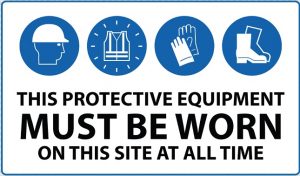 Mandatory means always. Every storm, every step – employees must comply.
Mandatory means always. Every storm, every step – employees must comply.
If you're concerned about the high cost of winter slip and fall incidents and frustrated by the lack of employee buy-in, it is crucial to take control and enforce the usage of safety equipment. Ultimately, it is Safety's responsibility to keep everyone safe in the workplace, regardless of employee opinions or compliance.
Remember, safety should always be a top priority. By mandating the use of ice cleats and traction aids, companies can significantly reduce the risk of winter slips and falls, protect their employees, and avoid unnecessary expenses.
Thank you for reading. If you found value in this post, please consider sharing it with your LinkedIn network or simply “like” it.
Bill Coyne is the VP of Sales for Winter Walking. He has been helping organizations across a wide variety of business sectors prevent workplace slips and falls in ice and snow for over 20 years. Winter Walking currently helps some of the world’s largest organizations keep their employees both safer and more productive while working outdoors in the winter season. Contact bill@winterwalking.com or visit www.winterwalking.com.


